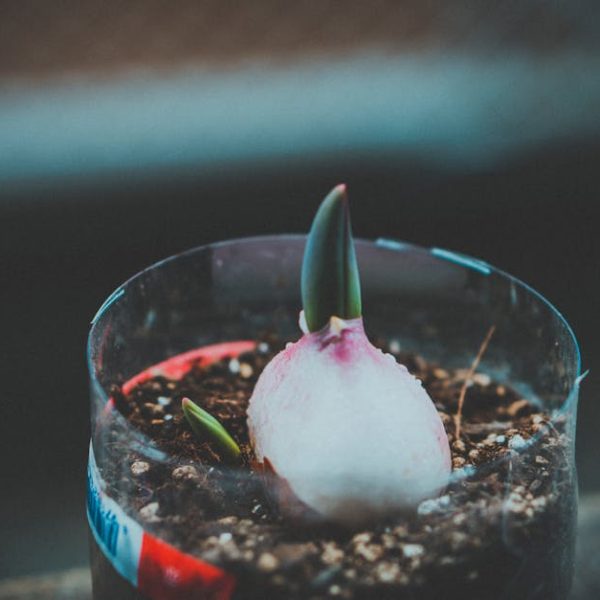Preserving and storing spaghetti squash correctly is vital for maintaining its unique flavor, texture, and nutrients. Providing you take the right steps, you can store spaghetti squash for several months. Within this article, we will discuss the variables to consider when buying, preparing, and preserving this versatile winter squash.
Identifying Fresh and High-Quality Spaghetti Squash
When it comes to long-lasting storage, choosing a good-quality spaghetti squash to start with is critical. A fresh, healthy squash will have a hard, rind with a uniformly pale yellow color. It should feel heavy for its size and be free from cuts, punctures, or dark spots. Here are some key traits to search for:
- Uniform color, with no sunken, green or moldy spots
- Firm texture, without any soft spots or bruises
- A dull, not shiny, skin, indicating it’s ripe
- Feels heavy for its size
Preparation for Storage: What Needs to Be Done?
Before storing, prepare your spaghetti squash by cleaning the exterior with a damp cloth to remove any dirt or debris. If you plan on storing it cut, carefully slice the squash in half and use a spoon to scoop out the seeds and Strings. Crucially, allow the freshly cut squash to dry thoroughly before storing to prevent early mold growth.
Pro Tip: Avoid washing the squash unless you plan to use it immediately; introducing moisture can speed up the decay process.
Preparing spaghetti squash for storage checklist:
- Clean the exterior with a damp cloth
- If storing it cut, Slice in half and scoop out seeds
- Let the squash dry thoroughly
- Avoid washing if not using immediately
Short-Term Storage: Keeping Your Spaghetti Squash Fresh For A Few Days
Proper short-term storage can keep spaghetti squash fresh for up to a week. After buying or harvesting, you can store the squash at room temperature. Alternatively, for cut spaghetti squash, store it in an airtight container in the refrigerator.
Suitable containers and areas for short-term spaghetti squash storage:
- Room temperature: Uncut squash
- Refrigerator: Cut squash in an airtight container
Next, we’ll talk about how best to prepare your spaghetti squash for long-term storage, including methods such as freezing and canning. We’ll also cover how to maintain the flavor and quality and how to prepare stored squash for use.
Long-Term Storage Options: Preserving Spaghetti Squash for Months
If you’re aiming to store spaghetti squash for a prolonged period, freezing and canning are both viable options. Although tumbling flavor might occur with both methods, appropriate steps can mitigate this.
When freezing, place your prepared squash halves cut-side-down in a baking dish with half an inch of water and bake at 400° F (205° C) until tender. After cooling, scrape the squash to form spaghetti-like strands, partition it into meal-size amounts, and freeze it in airtight resealable plastic bags.
Canning, on the other hand, should be done with care to prevent bacterial growth. Always use pressure canning for squash and follow the manufacturer’s instructions to the letter.
Best Practices:
- Use airtight resealable plastic bags for freezing
- Always pressure can and follow manufacturer instructions when canning
Pros and Cons of Various Long-Term Storage Methods
| Storage Method | Pros | Cons |
|---|---|---|
| Freezing | Easy to do, maintains most of the squash’s texture | Occupies freezer space, possible flavor ramifications |
| Canning | Long shelf life, doesn’t require freezing | More involved process, potential for bacterial growth if done incorrectly |
Maintaining Quality and Flavor: Tips for Preserved Squash Use
Properly thawing and preparing your stored spaghetti squash will help to maintain its quality and flavor. For frozen squash, let it thaw in the refrigerator for several hours, or use the defrost function on your microwave.
To ascertain the squash’s quality, look for any signs of spoilage such as an off smell, slimy texture, or discoloration.
Pro Tip: Enhance the flavor of preserved spaghetti squash by roasting it briefly in the oven before serving.
Helpful tips for cooking and serving stored spaghetti squash:
- Thaw frozen squash in the refrigerator or using a microwave defrost function
- Look out for spoilage indicators: an off smell, slimy texture, or discoloration
- To enhance flavor, roast the squash briefly in the oven before serving
With these spaghetti squash storage tips in your arsenal, you can buy or harvest this versatile veggie with confidence, knowing you can preserve it properly and enjoy it all year round. Happy cooking!
Key Takeaway:
- Fresh and high-quality spaghetti squash is the first step to successful storage. Look for a firm texture, uniform color, dull skin, and a heavy feel.
- Prepare spaghetti squash for storage with a clean exterior and thoroughly dried if cut. Avoid washing unless using immediately.
- For short-term storage, keep uncut squash at room temperature and cut squash in an airtight container in the refrigerator.
- For long-term storage, freezing or canning methods are suitable. Use airtight resealable plastic bags for freezing and always pressure can and follow the manufacturer’s instructions when canning.
- When using stored squash, properly thaw and look for any signs of spoilage. Enhance the flavor by roasting it briefly in the oven before serving.
Remember that successful spaghetti squash preservation begins with a fresh and high-quality squash and paying close attention to preparation and storage methods. Whether you opt for short-term or long-term storage, these tips will aid in keeping your squash’s taste and nutrition intact.
FAQs
Q: How can I tell if my stored spaghetti squash has gone bad?
A: Look for visible signs of spoilage such as an off smell, discoloration, or a slimy texture. If you see any of these signs, it’s best to throw the spaghetti squash away.
Q: Can I freeze or can my spaghetti squash whole?
A: Yes, however, make sure to follow the correct procedures for either method and be aware that this may lead to possible flavor changes.
Q: What’s the shortest length of time I can store my spaghetti squash using the long-term methods?
A: You can store spaghetti squash through freezing or canning for several months in minimum.
Q: How do I maintain the flavor of my stored spaghetti squash when cooking it?
A: A handy tip is to roast your stored spaghetti squash briefly in the oven before serving it. This aids in enhancing its flavor.
Q: Can I wash my spaghetti squash before storing it?
A: Only if you’re planning on using it immediately. Moisture can speed up the decay process, so it’s better to clean it with a damp cloth.
Remember to explore more of our articles to improve your knowledge on food preservation techniques. Share this article with your friends and family who’d benefit from it.






